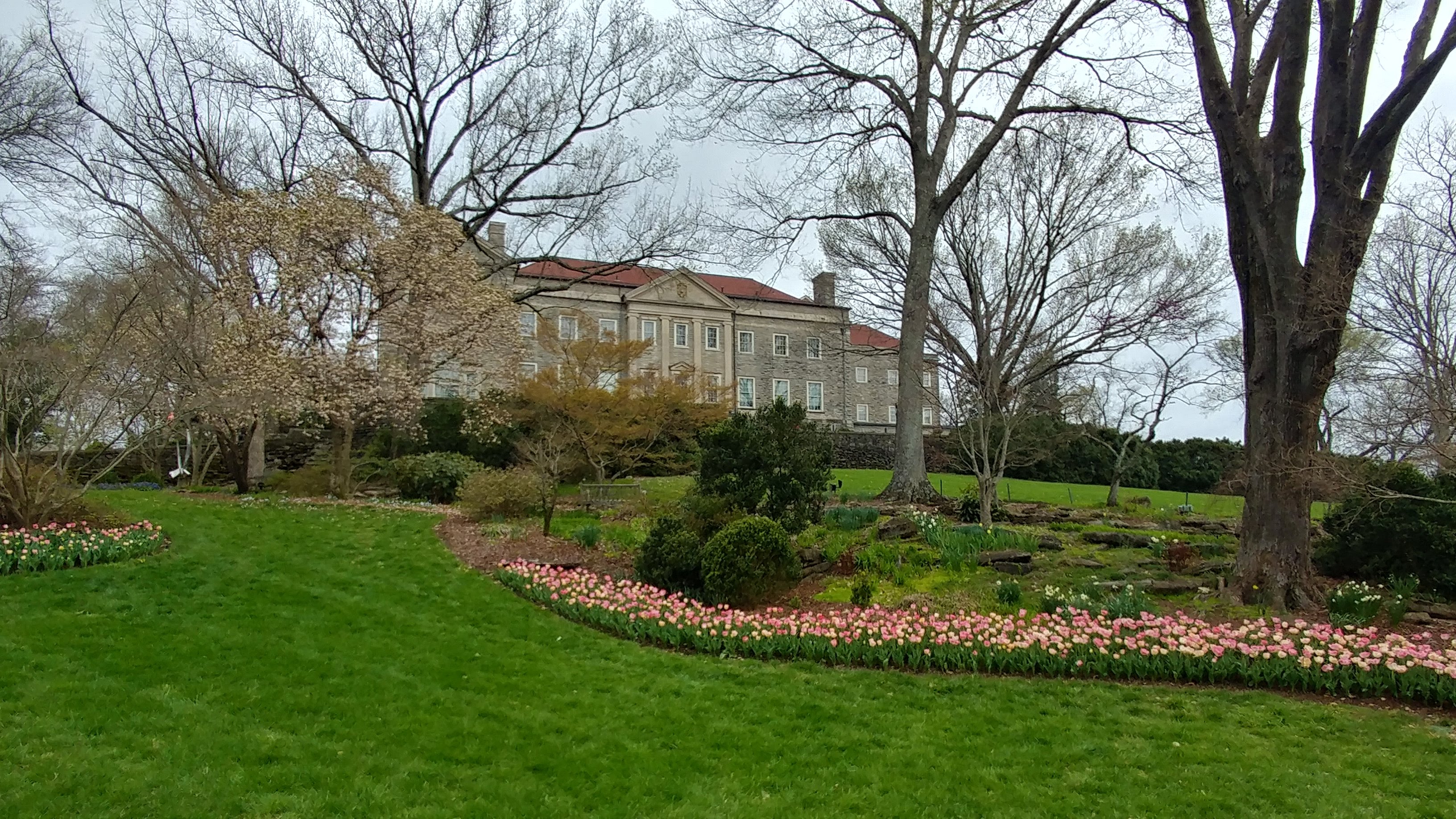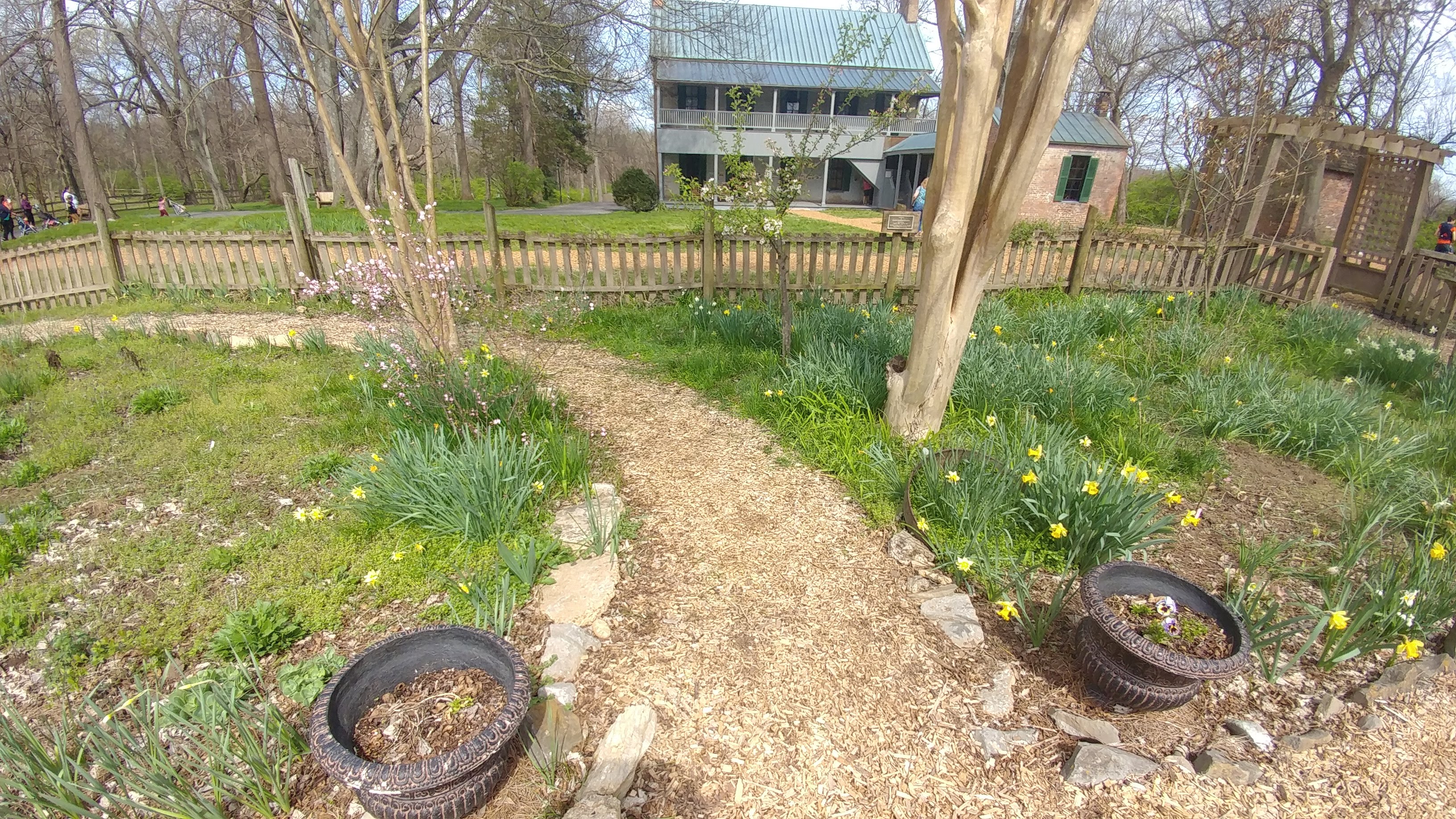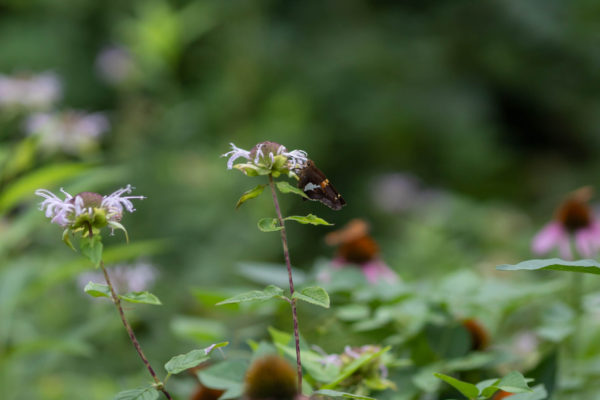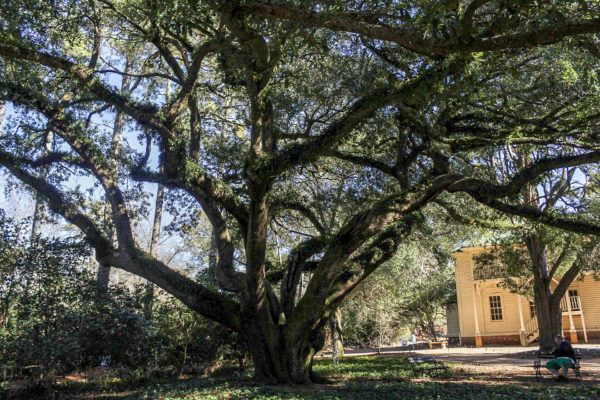I visited the gardens at Cheekwood this past Saturday and I took about a million photos. I love visiting Cheekwood because it showcases many different styles of gardens and it looks different every time you go there. They have planted strategically such that something is always in bloom no matter when you go. Now is a perfect time to go, however, because many of the daffodils are still in bloom and the tulips and hyacinths are in full bloom. They have a wide variety of colors of tulips planted, but keeping beds to two or three colors keeps it from looking like a rainbow mess.
They choose analogous colors or complementary colors for most of their color combinations. This post is extremely helpful in its description of how to combine colors in your garden. If you don’t feel like reading, the Cliff’s Notes version is that when choosing colors for beds, using a monochromatic, analogous, or complementary color scheme is best. A monochromatic color scheme uses just one color (in case your English teacher didn’t teach you root words and prefixes and suffixes). Thankfully mono is used in math a lot or I would have been completely flummoxed. My beds mostly stick to a monochromatic color theme since I have varied the plant type. This concept is used in interior design as well if watching HGTV for countless hours has taught me anything.
When combining colors, however, it is best to go with complementary colors or analogous colors. Complementary colors are opposite each other in the color wheel. These are red-green, yellow-purple, and blue-orange. Analogous colors are colors next to each other on the color wheel, such as violet and red, red and orange, orange and yellow, and so on.
Seeing examples of plant and color combinations in person is really helpful for people like me who need to see examples in order to understand something. I guess it’s the math teacher in me! The same can be said for garden styles and types as well. Cheekwood has what seems like every type and style – there is a daffodil garden, herb garden, shade garden, perennial flower garden, water garden, cottage garden, Japanese garden, woodland garden, seasonal garden, Dogwood garden, and formal garden. In addition, there are various forms of hardscaping with brick, cement, and rock. Every element of every kind of garden you would like to see implemented is there. I would love to have separate posts on each type of garden present at Cheekwood. We shall see!
Every inch of Cheekwood showcases some type of gardening technique. Here you can see that even rock walls can be vessels for plants like moss, ferns, and sedum. Not sure how they got these plants to grow on such inhospitable hosts, but I love how it looks. I had tile-like sedum planted in my front beds and half of it died. So, not only did the drought resistant sedum groundcover fail to cover ground, it also failed to survive the described conditions for survival. Sigh.
I look forward to visiting again later this spring to see how it changes as well as to go on some official garden and mansion tours. I overheard some while I was there but would prefer to hear everything from the beginning as well as ask questions. I am always that guy on guided tours. Everyone else is trying to move on, and I’m like “tell me about the significance of that rock over there” or “why do you think they did that” and other questions that no one could possibly know the answers to.
What is your favorite part about Cheekwood? Are there great botanical gardens near you that I should visit?




